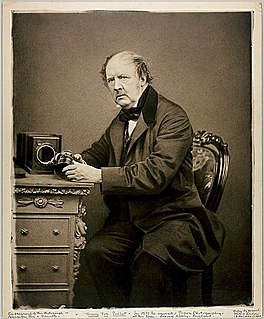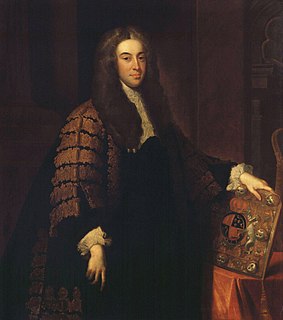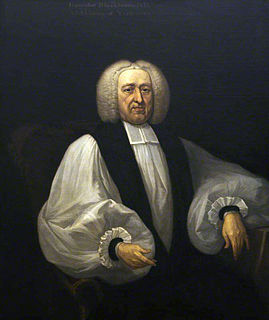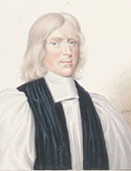Related Research Articles

Talbot County is located in the heart of the Eastern Shore of Maryland in the U.S. state of Maryland. As of the 2010 census, the population was 37,782. Its county seat is Easton. The county was named for Lady Grace Talbot, the wife of Sir Robert Talbot, an Anglo-Irish statesman, and the sister of Lord Baltimore.

William Henry Fox Talbot FRS FRSE FRAS was an English scientist, inventor, and photography pioneer who invented the salted paper and calotype processes, precursors to photographic processes of the later 19th and 20th centuries. His work in the 1840s on photomechanical reproduction led to the creation of the photoglyphic engraving process, the precursor to photogravure. He was the holder of a controversial patent that affected the early development of commercial photography in Britain. He was also a noted photographer who contributed to the development of photography as an artistic medium. He published The Pencil of Nature (1844–46), which was illustrated with original salted paper prints from his calotype negatives and made some important early photographs of Oxford, Paris, Reading, and York.

Charles Talbot, 1st Baron Talbot, was a British lawyer and politician. He was Lord High Chancellor of Great Britain from 1733 to 1737.

Earl Talbot is a title that has been created twice in the Peerage of Great Britain. This branch of the Talbot family descends from the Hon. Sir Gilbert Talbot, third son of John Talbot, 2nd Earl of Shrewsbury. His great-great-great-grandson, the Right Reverend William Talbot, was Bishop of Oxford, of Salisbury and of Durham. His eldest son Charles Talbot was a prominent lawyer and politician. In 1733, he was raised to the Peerage of Great Britain as Lord Talbot, Baron of Hensol, in the County of Glamorgan, and then served as Lord High Chancellor of Great Britain from 1733 to 1737.
Earl of Sussex is a title that has been created several times in the Peerages of England, Great Britain, and the United Kingdom. The early Earls of Arundel were often also called Earls of Sussex.
The title Earl of Tyrconnell has been created four times in the Peerage of Ireland.

William Talbot was an English Anglican bishop. He was Bishop of Oxford from 1699 to 1715, Bishop of Salisbury from 1715 to 1722 and Bishop of Durham from 1722 to 1730.

Lancelot Blackburne was an English clergyman, who became Archbishop of York, and – in popular belief – a pirate.
Henry Luttrell was an Irish soldier known for his service in the Jacobite cause. A career soldier, Luttrell served James II in England until his overthrow in 1688. In Ireland he continued to fight for James, reaching the rank of General in the Irish Army.

William Lloyd was an English divine who served successively as bishop of St Asaph, of Lichfield and Coventry and of Worcester.
William Talbot may refer to:

John Chetwynd, 2nd Viscount Chetwynd was a British diplomat and politician who sat in the House of Commons between 1715 and 1747.
Timothy Goodwin, Godwin or Godwyn (1670?–1729) was an English churchman, who became archbishop of Cashel.

Fernham is a village and civil parish about 2 miles (3 km) south of Faringdon in the Vale of White Horse, Oxfordshire, England. Fernham was historically part of the parish of Shrivenham. It was within Berkshire until the 1974 local authority boundary changes transferred the Vale of White Horse to Oxfordshire.
Talbot Yelverton, 1st Earl of Sussex was an English peer and member of the House of Lords, styled Hon. Talbot Yelverton until 1704, and known as Talbot Yelverton, 2nd Viscount Longueville from 1704 to 1717, when he was created Earl of Sussex.

Catherine Talbot was an English author and member of the Blue Stockings Society.

John Ivory-Talbot (?1691-1772), of Lacock Abbey, Wiltshire, was an English landowner and politician who sat in the House of Commons between 1715 and 1741.
Thomas Rundle (c.1688–1743) was an English cleric suspected of unorthodox views. He became Anglican bishop of Derry not long after a high-profile controversy had prevented his becoming bishop of Gloucester in 1733.
William Talbot, often called "Talbot of Kineton" after his first living Kineton in Warwickshire, was an evangelical clergyman of the Church of England.
Ralph Lambert (1667–1731) was an Irish Anglican priest in the first half of the 18th century.
References
- ↑ British History Online
- ↑ Alumni Oxonienses 1500-1714 pp. 1453-1478
- ↑ Margot Johnson, 'Talbot, William (1659–1730)', Oxford Dictionary of National Biography, Oxford University Press, 2004 accessed 2 Oct 2013